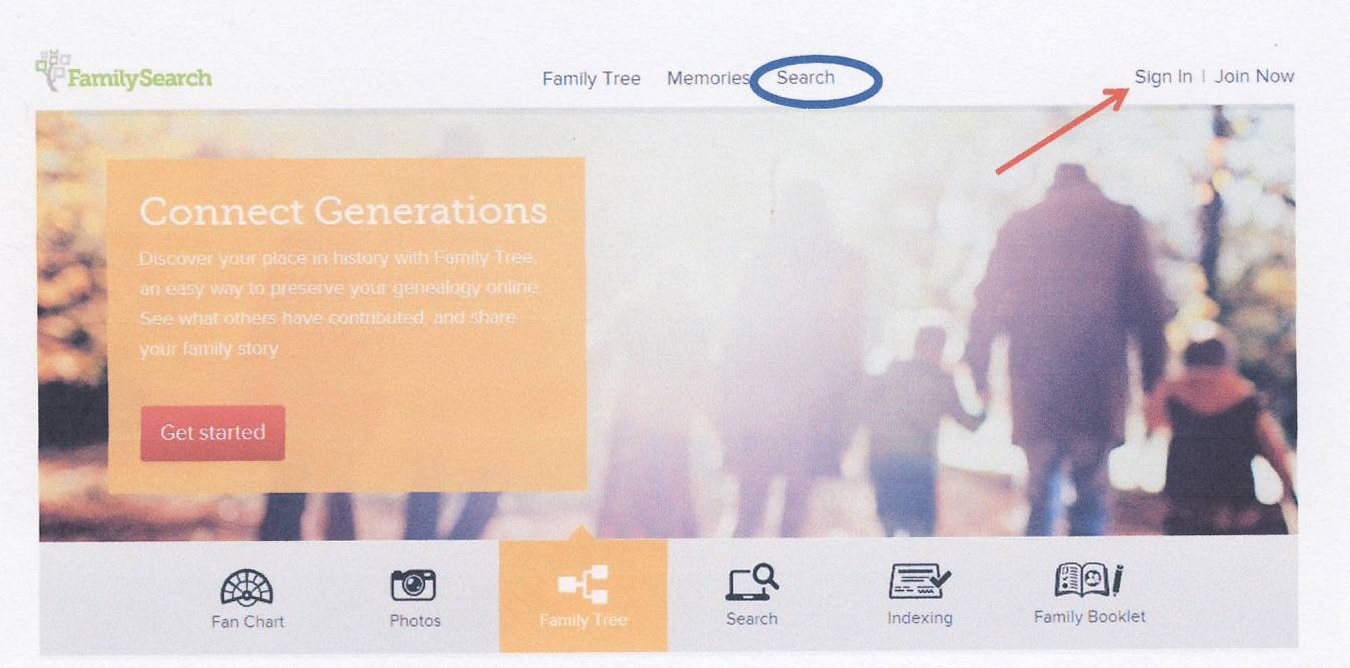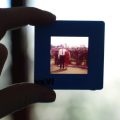 You are seated at your computer or laptop and searching for an ancestor at FamilySearch.org. You type in a name and add maybe a birthdate and place and then click search. In just seconds, up comes a list of records with one or more of them belonging to your searched-for ancestor. Click on one of the records and you could be looking at an original record that documents an event in your ancestor’s life! If you are looking at a marriage record, you might even be looking at your ancestor’s signature—how truly magical! How, you ask, did that wondrous record become available to you with just a few keystrokes? Glad you asked because I am happy to explain the process. Let’s start with a video that will begin to explain the process.
You are seated at your computer or laptop and searching for an ancestor at FamilySearch.org. You type in a name and add maybe a birthdate and place and then click search. In just seconds, up comes a list of records with one or more of them belonging to your searched-for ancestor. Click on one of the records and you could be looking at an original record that documents an event in your ancestor’s life! If you are looking at a marriage record, you might even be looking at your ancestor’s signature—how truly magical! How, you ask, did that wondrous record become available to you with just a few keystrokes? Glad you asked because I am happy to explain the process. Let’s start with a video that will begin to explain the process.
I can relate to Sharon and Sue in the video and the joy that they felt in finding their grandmother’s marriage certificate. I am grateful for the many people, mostly volunteers, who copied the records that are now being indexed. I can’t travel all over the world to film original records but I can and do index the digital images. I find it very rewarding to know that I am helping others find their family in original records. I am grateful to other indexers for helping me find my family. I have never indexed a record that contains a name of one of my ancestors and I am grateful to the other indexers who have indexed so that I have been able to enjoy the magic of finding original records. Here’s another video that further explains the record collecting and the indexing of those records
The hundreds of thousands of Family Search indexers are not enough to currently keep up with the number of records that are being digitized and put online at FamilySearch.org. If you go to the Records Collections at Family Search, you can see that the majority of digital records are browse images. All those browse images are waiting for indexers to turn them into searchable records. Family Search indexing is fun, rewarding and some experienced indexers even find it addicting!
 Do you think that you like to give indexing a try? It is easy to get started, just go to https://familysearch.org/indexing/ This webpage is great! Family Search Indexing requires that software be downloaded but you can ”Test Drive” indexing right from the website before deciding whether or not you want to give indexing a try. If you do decide to become a Family Search indexer, you become part of team that stands ready to help and assist you. There is even a Facebook page. https://www.facebook.com/familysearchindexing
Do you think that you like to give indexing a try? It is easy to get started, just go to https://familysearch.org/indexing/ This webpage is great! Family Search Indexing requires that software be downloaded but you can ”Test Drive” indexing right from the website before deciding whether or not you want to give indexing a try. If you do decide to become a Family Search indexer, you become part of team that stands ready to help and assist you. There is even a Facebook page. https://www.facebook.com/familysearchindexing
You can do Family Search indexing on any computer that has indexing software installed and a reasonable download speed. You will have a number of indexing projects to choose from each time you sign in to your account. Indexers use their Family Search account to sign into indexing. Indexers are asked to index in their primary language. The projects include records from several languages and people who are fluent in languages other than English are really needed. As you choose a project to work on, you have the option of previewing a record from that project before you download an image. Once you download an image, it comes with instructions on how to transcribe the record. If after you have downloaded an image, you decide it is not what you want to work on, you can return it and try something else. Some records will take longer to transcribe than others but whenever you end an indexing session, your work is saved. You can really accomplish something toward indexing in just 5 minutes! Whenever you have time later, you can log in again and continue to index. Each record you index will be indexed by another indexer. I find knowing that takes a lot of pressure off of me because I know if I misread something; the other indexer is not likely to make the same mistake. Any record on which the two indexers disagree on the transcription is reviewed by an arbitrator who makes the final decision.
Volunteers index for a variety of reasons. Some do it to give back for the help they
have received from the efforts of other indexers. Other people index because there is a reward in knowing you are doing something that will assist others. There is a real feeling of genuine accomplishment because you are making a difference to those who are looking for their ancestors. Experienced family history researchers turn to indexing for a break when their own ancestors are too elusive find at the present time. Indexing is sometimes done as service hours with the indexer being the one to set the goal. It is a great activity for youth who love being at a keyboard and so much more fulfilling than video games. It really is fun! I invite you to give it a try
About Christine Bell
Christine Bell has been seeking her ancestor for almost forty years and continues to find joy in each one she finds. She volunteers in a Family Search Family History Center where she helps others find their ancestors. As a convert to The Church of Jesus Christ of Latter-Saints, she is grateful to be a member of the Church. She is a wife, mother of six grown children, grandmother of five going on six, and currently living in the western United States. Christine enjoys spending time with family and creating quilts for family, friends and Humanitarian Services of The Church of Jesus Christ of Latter-day Saints.







